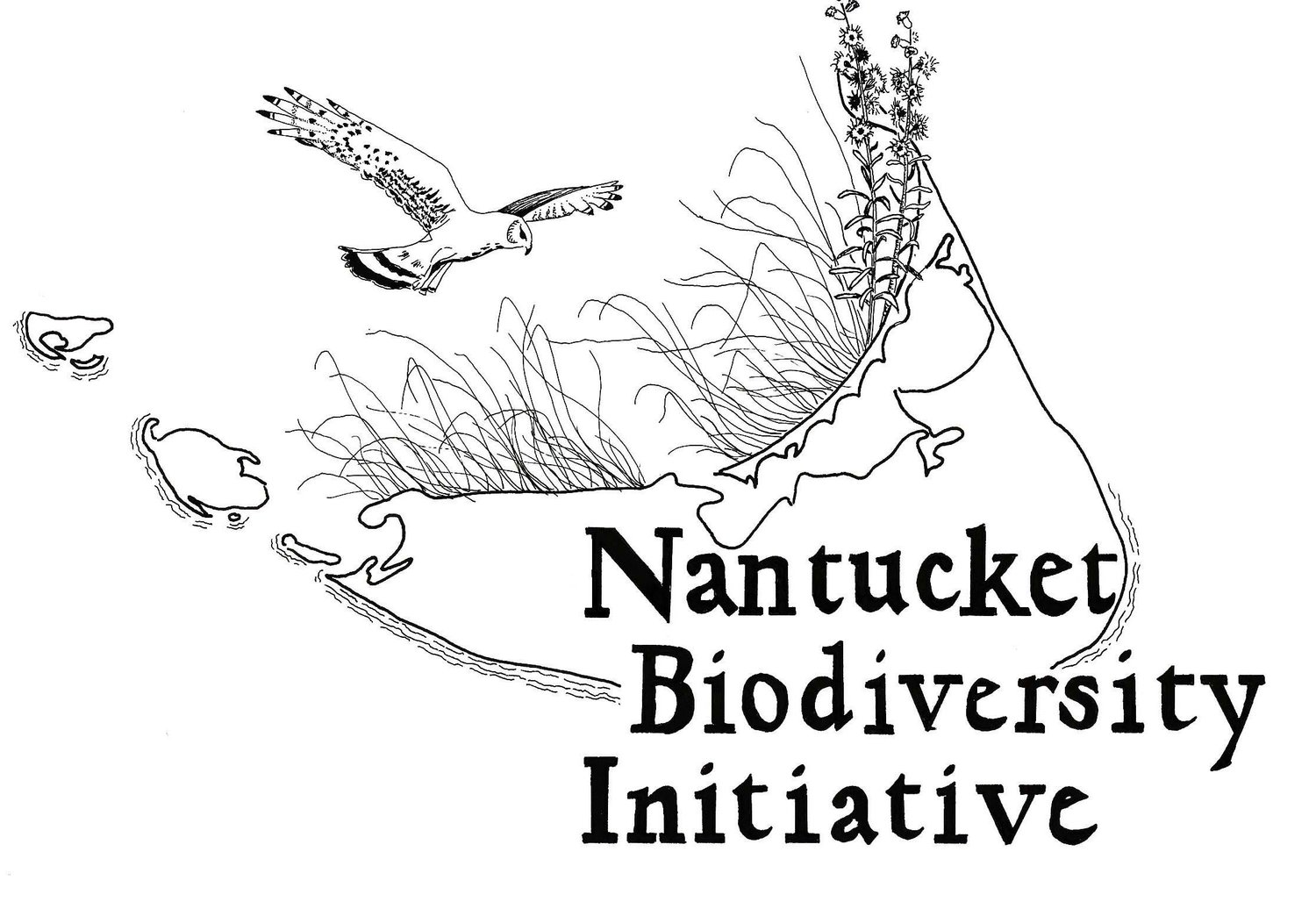ALGAL BLOOMS
Algae, tiny microscopic plants, are an extremely important and often underestimated component of life on Earth. Algae form the base of the food chain and therefore play an important role in Nantucket's food supply, culture and economy. However, a few types of algae are capable of rapidly growing in response to environmental conditions such as elevated nutrients and can create unhealthy conditions for nearby flora and fauna. These Harmful Algal Blooms (HAB) may occur in fresh water or marine environments. In freshwater these blooms are called cyanoHAB, while in salt water they are referred to as HAB. Many algal blooms have visual clues such as discolored water. In freshwater environments, bright green water or films/scums that look like spilled paint are an indication of a bloom. In seawater, visual HAB's are caused by blooms of the species of marine algae called dinoflagellates, which tint the water a rusty brown or red color. Another type of algae called diatoms can also cause blooms but are not visible to the naked eye. Blooms can produce toxins, clog the gills of fish and shellfish, and lead to beach closures and therefore it is critical to understand where and when they occur.
Want to help Nantucket’s scientists monitor populations of Harmful Algal Blooms in the Harbors and Ponds? We are looking for information from the public to add to our database and need your assistance! Please see the Nantucket Algal Blooms Project for details on how to participate. It’s easy to send in a report – see the iNaturalist instructions link below for more information. Thanks!
2010 Nantucket Harbor rust tide bloom


